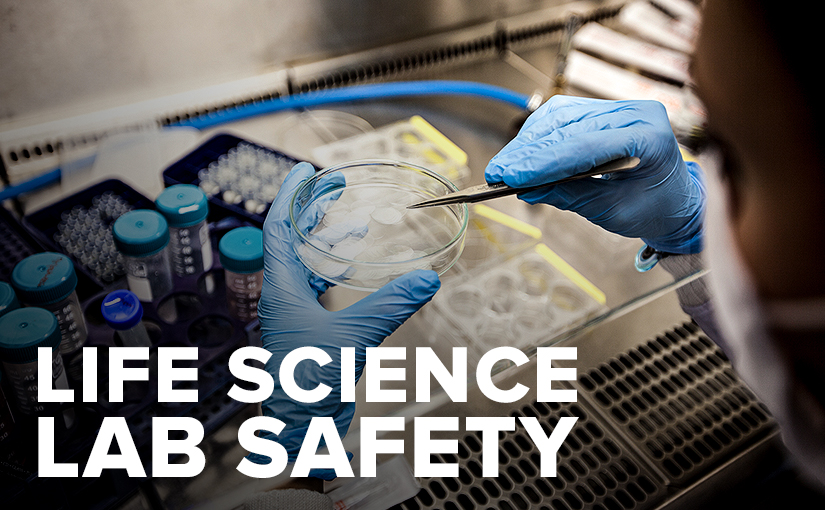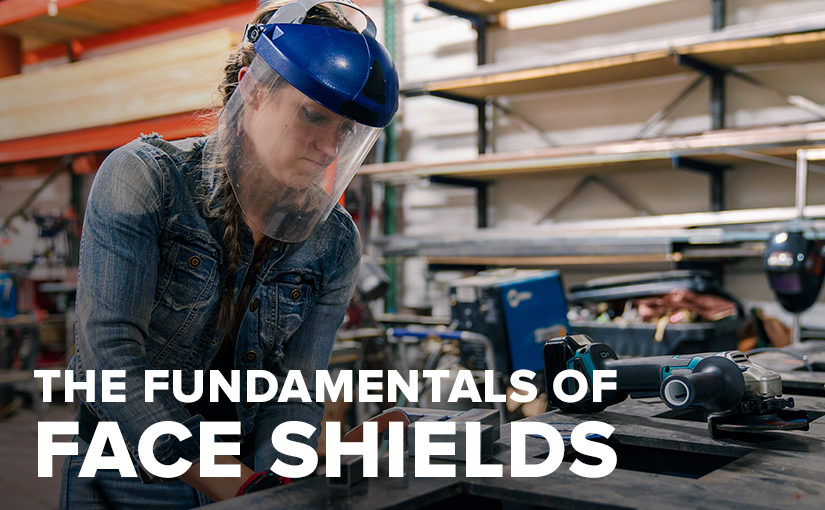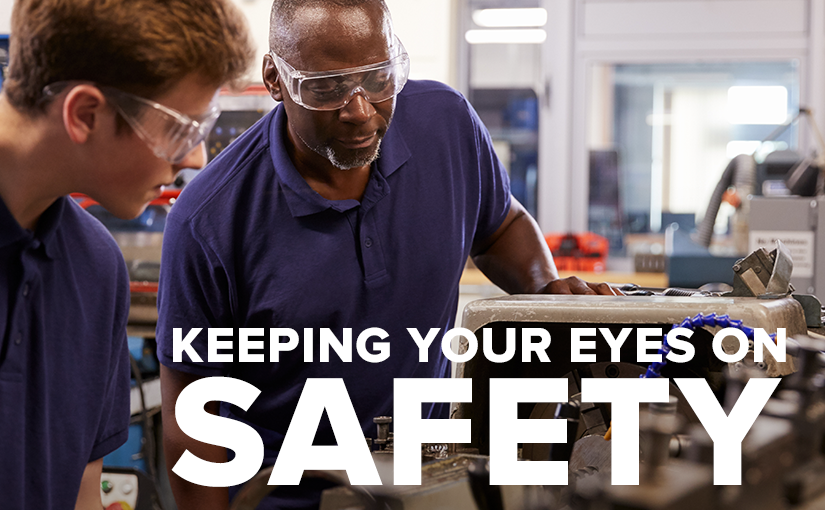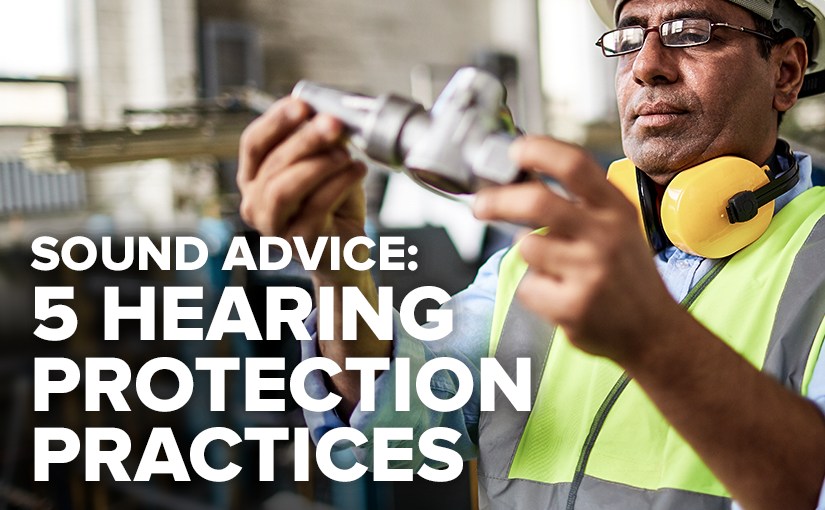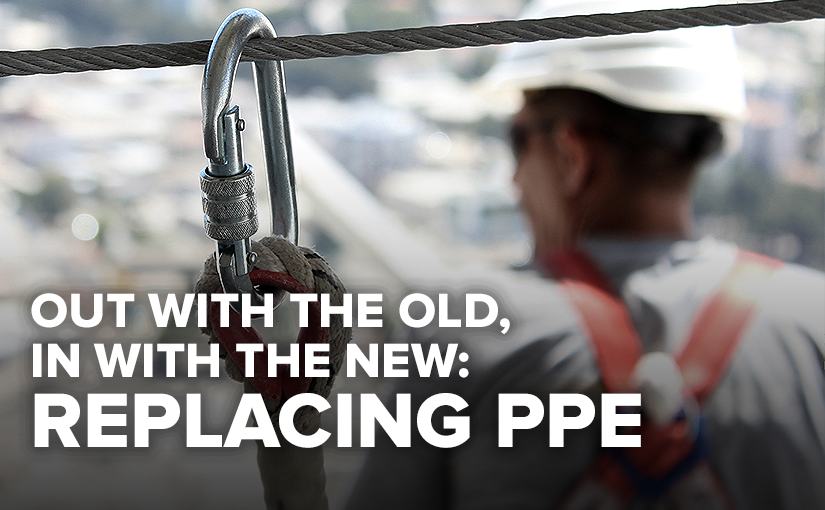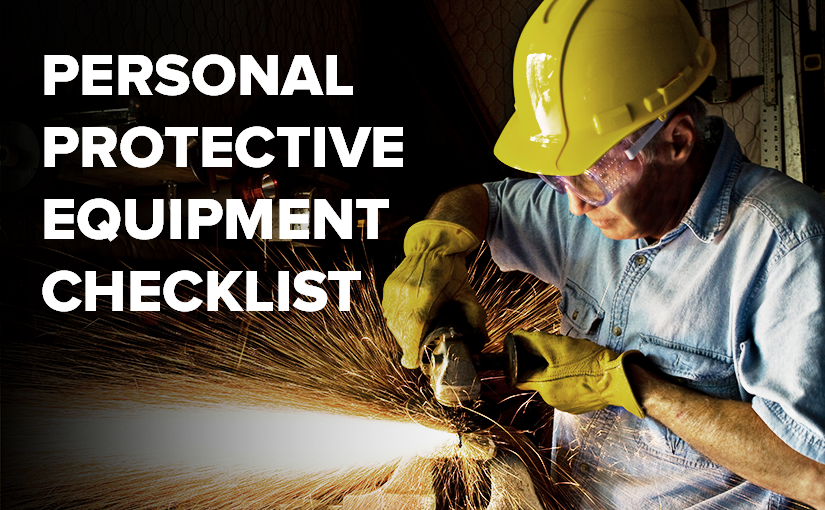In a laboratory, an ounce of prevention really is worth a pound of cure. Taking steps to prevent exposure to hazards comes in many forms; establishing a culture of safety, administering regular inspections, and wearing protective gear, just to name a few. Personal protective equipment (PPE) comes in many different forms and varieties; knowing what equipment to wear and when to wear it is half the battle to keeping everyone in a workplace safe. Continue reading PPE for Lab Professionals
Tag: safety
Picking Proper Protection: Face Shields
In any workplace, there are a number of hazards that an employee might encounter and be injured by. Among these threats are several dangers to the eyes and face. But Prevent Blindness America has found that these injuries are some of the most preventable. In recent years, they have identified 86,000 work-related accidents that could have ended with a serious eye injury but were prevented by the proper use of eye protection. While many professionals are actively promoting the use of safety eyewear, civic and manual labor professionals often need the added protection of a face shield. While you should never wear a face shield by itself, knowing when to and what kind of face shield to wear for a task is essential when picking out protection for your employees. Continue reading Picking Proper Protection: Face Shields
Reducing Eye Injury: The Basics
The Centers for Disease Control (CDC) reports that about 2,000 workers in the US sustain a work-related eye injury that requires medical attention each day. Prevent Blindness America and many other professional organizations maintain that 90% of these accidents could be prevented. As an employer, you are responsible for providing the proper personal protective equipment (PPE) for every person working under your supervision. You can do your part to prevent these injuries from happening by understanding when eye protection should be worn and what type of protection should be used for different tasks. Continue reading Reducing Eye Injury: The Basics
Listen Up! 5 Guidelines to Protect Your Employees’ Hearing
The National Institute for Occupational Safety and Health estimates that about 22 million US employees are exposed to hazardous noise levels at work, making occupational hearing loss one of the most common work-related injuries in the country. With OSHA’s recommended “danger zone” starting at just 85 decibels, chances are that your industrial or construction workplace requires the use of hearing protection. Continue reading Listen Up! 5 Guidelines to Protect Your Employees’ Hearing
Staying Energized and Increasing Productivity on the Job
The ExxonMobil oil spill, Three Mile Island accident, Challenger Explosion, and Chernobyl were all disasters in their own right. They have each been studied extensively to isolate what caused them, and it’s been found there are many factors that worked together to cause these events to occur. What’s interesting is that one factor, in particular, was common among all of these crises—and it’s a factor that impacts every work site operating today: sleep deprivation. Continue reading Staying Energized and Increasing Productivity on the Job
When to Replace Safety Equipment
There might be more than calendars that need to be replaced in your workplace this January. As an industrial workplace employer, the safety of your workforce falls to you. Personal protective equipment (PPE) is considered the last line of defense for workplace safety. No matter the industry, knowing when to replace safety equipment minimizes failure of worn-out devices and resulting injuries. Here are some ways to know if it’s time to discard the old PPE and bring in some new gear. Continue reading When to Replace Safety Equipment
Stay Safe with this Checklist for Personal Protective Equipment (PPE)
To reduce workplace accidents and shield workers from potential hazards, it’s important to have a thorough plan for equipping workers with personal protective equipment (PPE).
Without protective equipment plan, employees are at risk of injury and employers could be subject to fines or penalties. OSHA stipulates that employers must pay for personal protective equipment for employees with the exception of prescription safety glasses, safety-toe protective footwear and other equipment or clothing that is personal or worn outside of the job.
To help determine which protective gear is necessary for the job, we’ve prepared a checklist of commonly required personal protective equipment below. Continue reading Stay Safe with this Checklist for Personal Protective Equipment (PPE)

